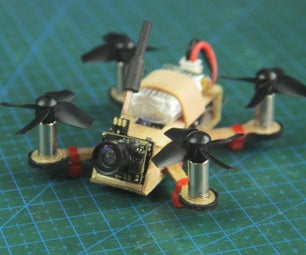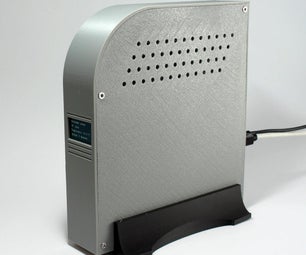Introduction: How to Dress Warm in the COLD (Snow)...
This is an Instructable involving basic heat principles.
In this instructable, I will show you the basics of dressing warm...
P.S. This instructable is in the Stay Warm Contest, so do your part... Vote!
Step 1: The Problem
In the cold weather, your body is always losing moisture.
Even if you aren't sweating, you are still losing moisture...
Example - Do you ever see your breath in the cold weather? That's losing moisture.
Step 2: The Solution: Part 1
In this step I will show you the different types of fabric to stay "warm":
Wool:
Wool can keep you warm even when it is damp.
It can feel scratchy to some people.
If you are one of those people I advise you to were a lite tee shirt underneath.
Cotton:
Cotton is good for warm, dry weather.
Once wet, it will NOT keep you warm at all...
That can be very dangerous if you're in a survival situation.
Synthetic:
Many synthetic fabrics offer the comfort of cotton with the warmth of wool.
Clothing made of polypropylene, polar fleece, and other modern materials can insulate you whether it is wet or dry.
Look for these for these fabrics in:
long underwear,
sweaters,
vests,
parkas,
gloves,
and hats...
Step 3: The Solution: Part 2
The first thing you should know about dressing in the winter is - layers!
Your first layer of clothing should consist of:
long underwear (Long Johns),
A Spandex material shirt (Under Armor, Champion Gear),
And Some good socks (Smart Wool, Wigwam).
After you have dressed yourself by following these basic guidelines,
head to the next step!
Step 4: The Solution: Part 3
Next, is the second layer.
This layer should protect you from wind, snow, even some rain...
This layer should consist of:
A Fleece or other light jacket,
A pair of non-cotton pants,
And a WARM hat (fleece).
Also:
A light windbreaker (gore-tex),
Some warm (fleece) gloves,
If your are Going in the snow (sledding, skiing),
You will probably need to switch out your blue jeans for snow pants...
Step 5: Rain Gear
In this step I will go into a little depth of rain gear.
There are two categories:
Non-breathable:
Coated nylon and plastic are used to make many ponchos, rain parkas, and gaiters.
The advantages of are that these items are waterproof and very cheap.
The downside is that moisture given of by your body can be trapped inside, causing you to feel damp and chilled.
And Breathable:
Some fabrics will keep rain out, but let body moisture escape - the ideal combo.
The downside to this is that breathable rain gear is often expensive...
Step 6: User Tips
As you may have seen in some of my previous Instructables. I often dedicate a step to user thoughts, ideas, and tips.
That is what I am doing here.
So if you have a tip or trick about dressing in cold weather post a comment; and it might just end up here.
Comments:
jdege says:
Venting is critical. You need clothes that will block wind, and will keep you warm, but you need clothes that you can open up so as to rid yourself of excess heat.
Moisture is the threat, and sweat is the enemy. Goretex and other vapor-permeable fabrics have their place, but when you start doing real work in the cold, you'll need to dump heat and moisture faster than they can manage.
Temp says:
Kotton Kills!! (cotton) Once it gets wet it will continue to stay wet and NOT insulate you. Wool will let you live like a wooly mammoth(I just made that up) It is very warm and even if it gets wet it will always keep you warm! Don't wear any cotton! It really does stink.
Step 7: Go Outside!
The final step - shoes...
Depending on where you're going, I recommend - Tennis Shoes or sneakers for the city.
Or Boots for the outdoors-men/hiker.
After you have put on your shoes, it's ------------------ Task Accomplished, You're WARM !
Referrers: Google, and the Boy Scout Handbook...
Participated in the
Stay Warm Contest













